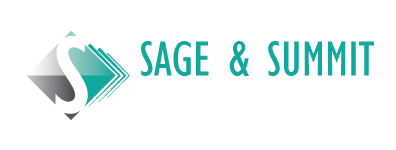Today we expand the goal to obtain the best performance out of each of your musicians (employees) by looking into the psychology of motivation and culture for insights.
Let’s start with an end in mind – imagine musicians walking onto the stage with positive energy, a hop in their step and a smile on their faces. As they fill up the seats on the stage, everyone can feel the positive energy building, the musicians see you approaching the conductor’s podium, and they are instantly ready to perform, they know the drill, every part, every move, every overture, not a beat is missed. Every musician brings their A-game, and like magic, the whole becomes bigger than the sum of the parts. Now imagine that stage is your company, the orchestra your team, everyone engaged, motivated, excited to bring their A-game. Pretty dreamy for most. I can actually hear some of you saying: “Yup, and then you smell the coffee and wake up.”
Developing a team of highly motivated players, starts with the individual. Human motivation is immensely complex and is always a 1 to 1 activity. We motivate our team one person at a time.
Here are three points to consider in getting the best out of each and every player:
- Pay attention to the basics:
People are not equally motivated by money. However, all people need to work in a place that is equipped with working tools, a properly functioning facility and are compensated with a market-rated fair wage. Clear direction and known expectations would fall into this area as well.
2. Place the right people in the right seats:
The term was coined by Jim Collins in “Good to Great”. Hiring people who resonate and are inherently aligned with the organization’s culture will contribute to the culture and values of the organization. In the right seats requires that the person has the skills, aptitude and attitude to be successful in the role. Can the person do it, and do they want to do it?
A further good consideration is found in the work of Lindsay McGregor’s work on total motivation (ToMo). A person’s ToMo increases when their direct motivators are present in the role – Play (motivated by the work itself), Purpose (the direct outcome of the work fits your identity), and Potential (the outcome of the work benefits your identity). For more information go to HBS – How Company Culture Shapes Employee Motivation.
3. Finally look at the role design itself:
Look for ways to boost motivation by including autonomy, discovery, empowerment, clarity on skills required, measurement of success, and opportunities for growth into the formal role description, as well as into the role’s duties and responsibilities.
For a complimentary approach to optimizing people’s performance we can lean on Dr. Mihaly Csikszentmihaly’s seminal work on Flow, which he defines as “the state of being completely involved in an activity for its own sake.” (Flow: The Psychology of Optimal Experience – Mihaly Csikszentmihaly, Harper and Row, 1990). Csikszentmihaly discusses “purpose” and the need to carry through on purpose (defined as resolution), to bring about unified flow, which he defines as harmony.
In his summary statement, he further states “Purpose, resolution, and harmony unify life and give it meaning.” This sounds like the right recipe to get every musician to play their best.

